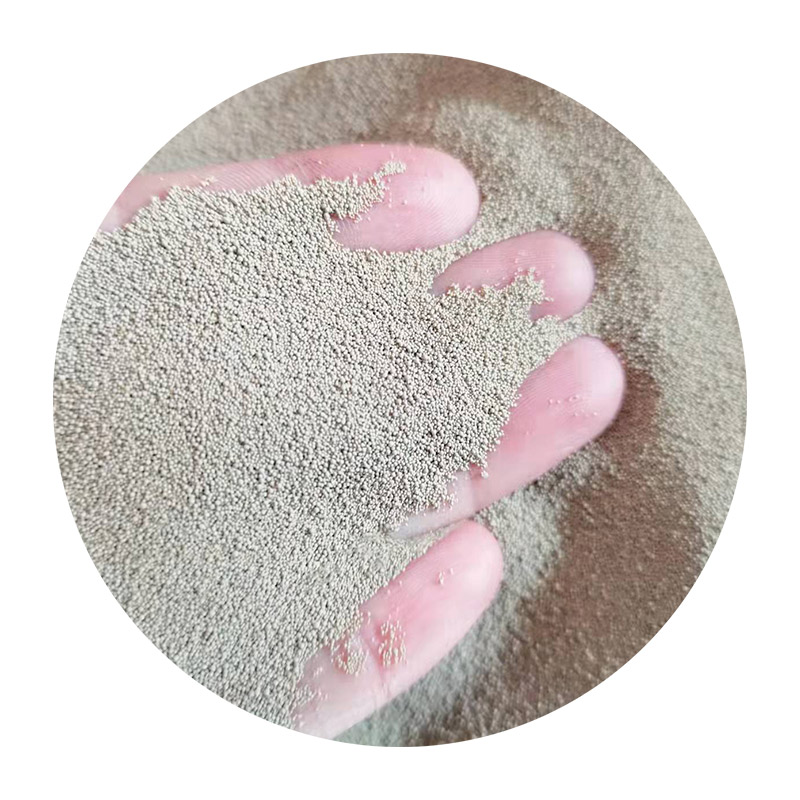Rapid Sand Casting A Modern Approach to Efficient Metal Casting
Rapid sand casting is an innovative technique in the realm of metal casting, designed to enhance efficiency and reduce lead times for producing metal parts. Unlike traditional sand casting methods, which often involve long setup times and complex patterns, rapid sand casting streamlines the process, making it an attractive option for industries that require quick turnaround on component production.
At its core, rapid sand casting utilizes 3D printing technology to create sand molds swiftly and accurately. In the traditional process, metal parts are produced using patterns made from metal, wood, or plastic, which can be time-consuming to manufacture. Rapid sand casting eliminates the need for these patterns by leveraging additive manufacturing techniques to directly print the sand molds. This results in a significant reduction in setup times, allowing manufacturers to move from concept to production in a fraction of the time.
One of the primary advantages of rapid sand casting is its ability to produce intricate shapes and designs that were once thought to be difficult or impossible to achieve through conventional methods. The flexibility inherent in 3D printing allows for complex geometries and lightweight designs, which can lead to better-performing parts. This is particularly beneficial in industries such as aerospace and automotive, where weight savings and design efficiency are critical.
rapid sand casting

Moreover, rapid sand casting is increasingly becoming a sustainable option for manufacturers. The process minimizes waste by producing molds directly from digital files and requires fewer raw materials. Additionally, the sand used in the casting process can be reused multiple times, further reducing environmental impact. This aligns well with the growing demand for sustainable manufacturing practices, making rapid sand casting an appealing choice for companies looking to improve their eco-friendliness.
In addition to its efficiency and sustainability, rapid sand casting also offers significant cost benefits. Traditional casting methods often require extensive tooling, which can be expensive and time-consuming to create. By reducing or eliminating the need for tooling, companies can lower their upfront costs and bring products to market faster. This cost-effectiveness is particularly advantageous for small to medium enterprises that may not have the resources to invest heavily in traditional casting processes.
However, rapid sand casting does have its challenges. The technology is still evolving, and manufacturers must ensure that they have the right equipment and expertise to fully leverage its benefits. Additionally, while the speed of production is a significant advantage, the process may not be suitable for all applications, especially those requiring large volumes or extremely high precision.
In conclusion, rapid sand casting is transforming the metal casting industry by offering a faster, more flexible, and sustainable alternative to traditional methods. With its ability to produce complex shapes and minimize waste, this innovative approach is set to become a cornerstone of efficient manufacturing practices in the years to come. As technology continues to advance, we can expect to see even greater improvements and applications for rapid sand casting across various industries.
Post time:10月 . 31, 2024 10:51
Next:types of sand casting
